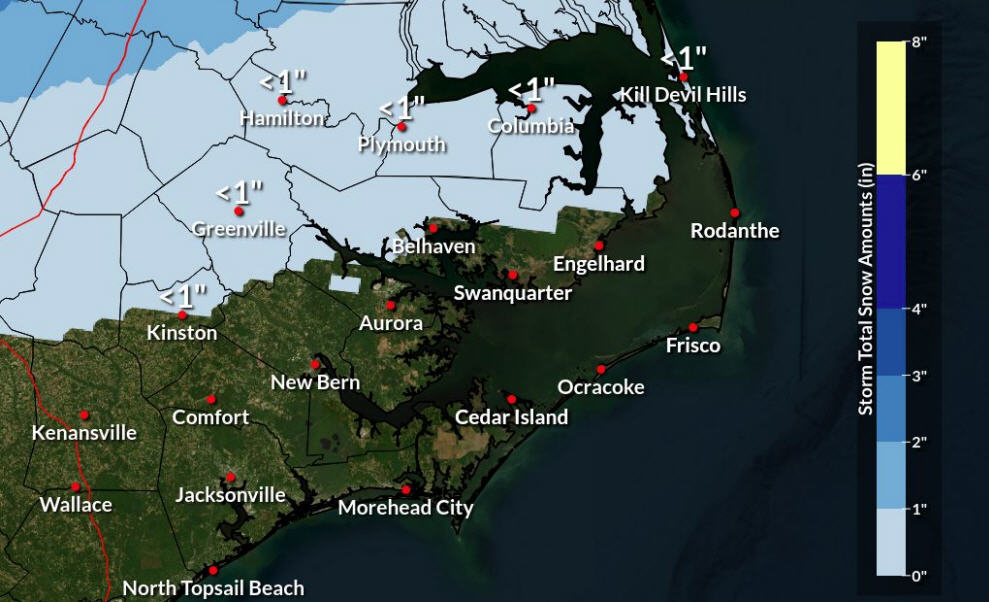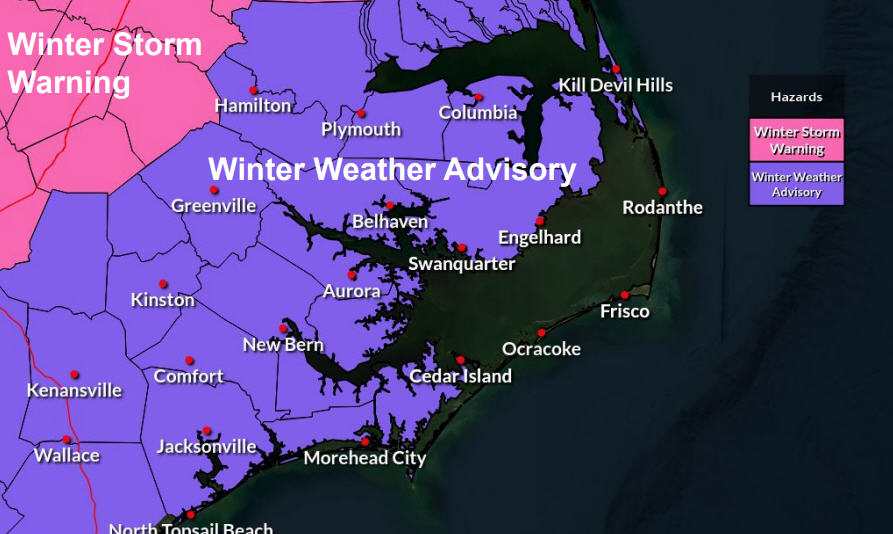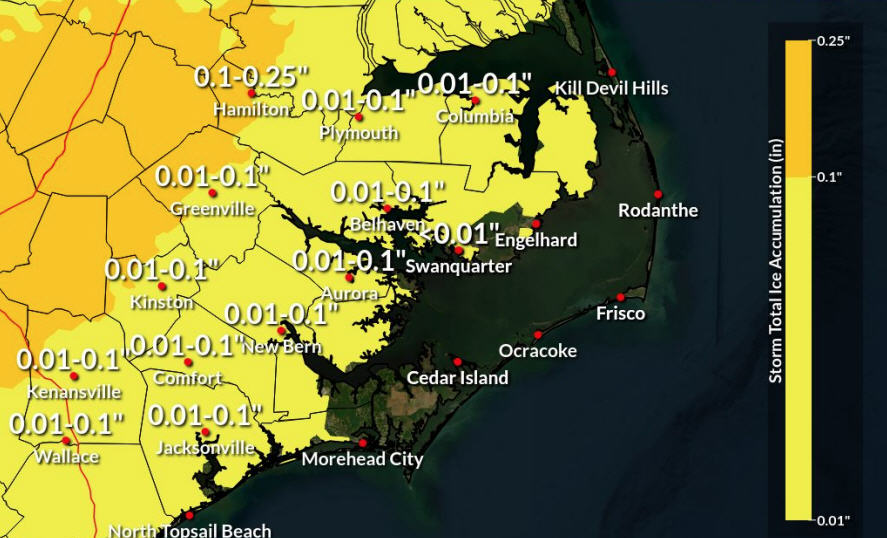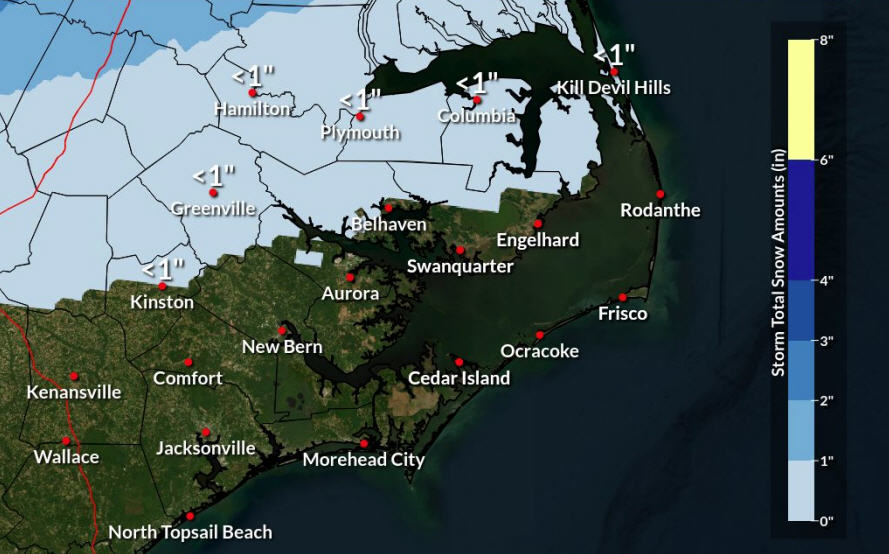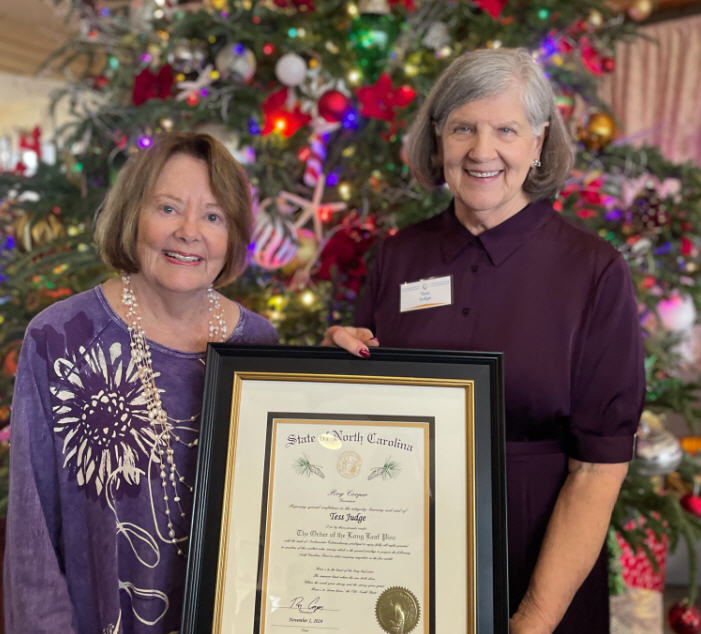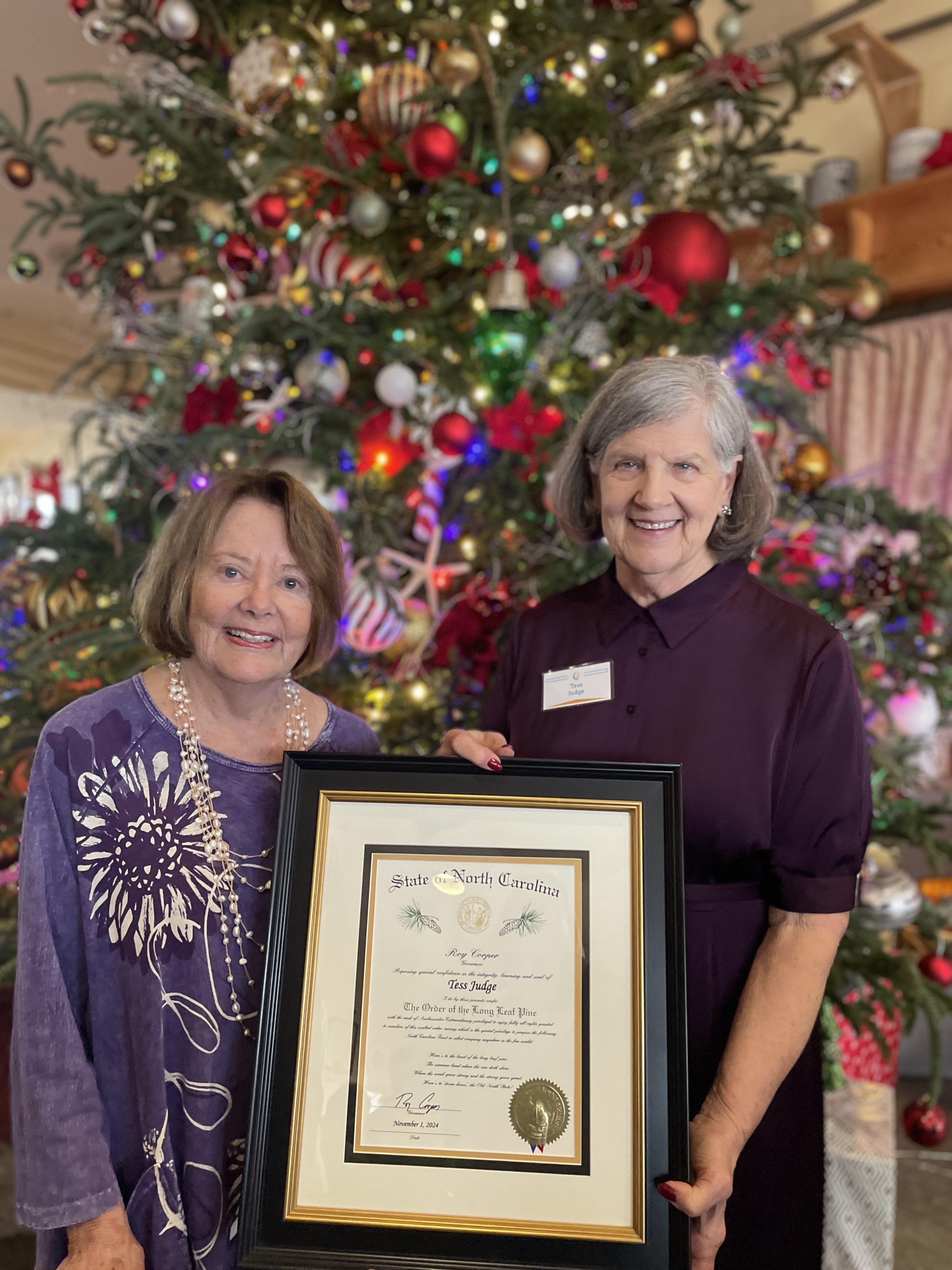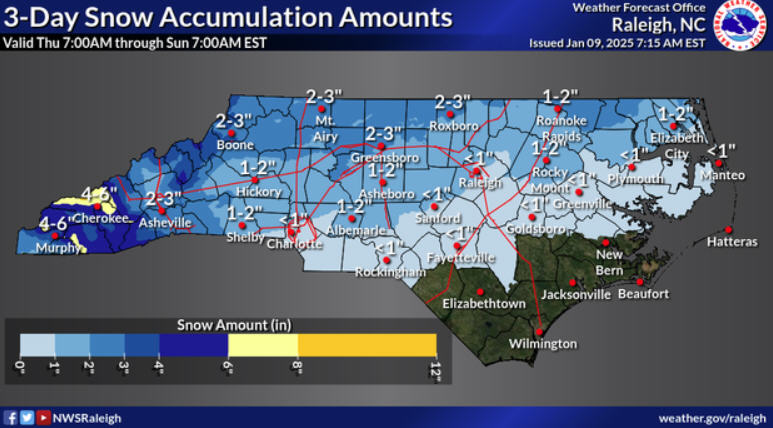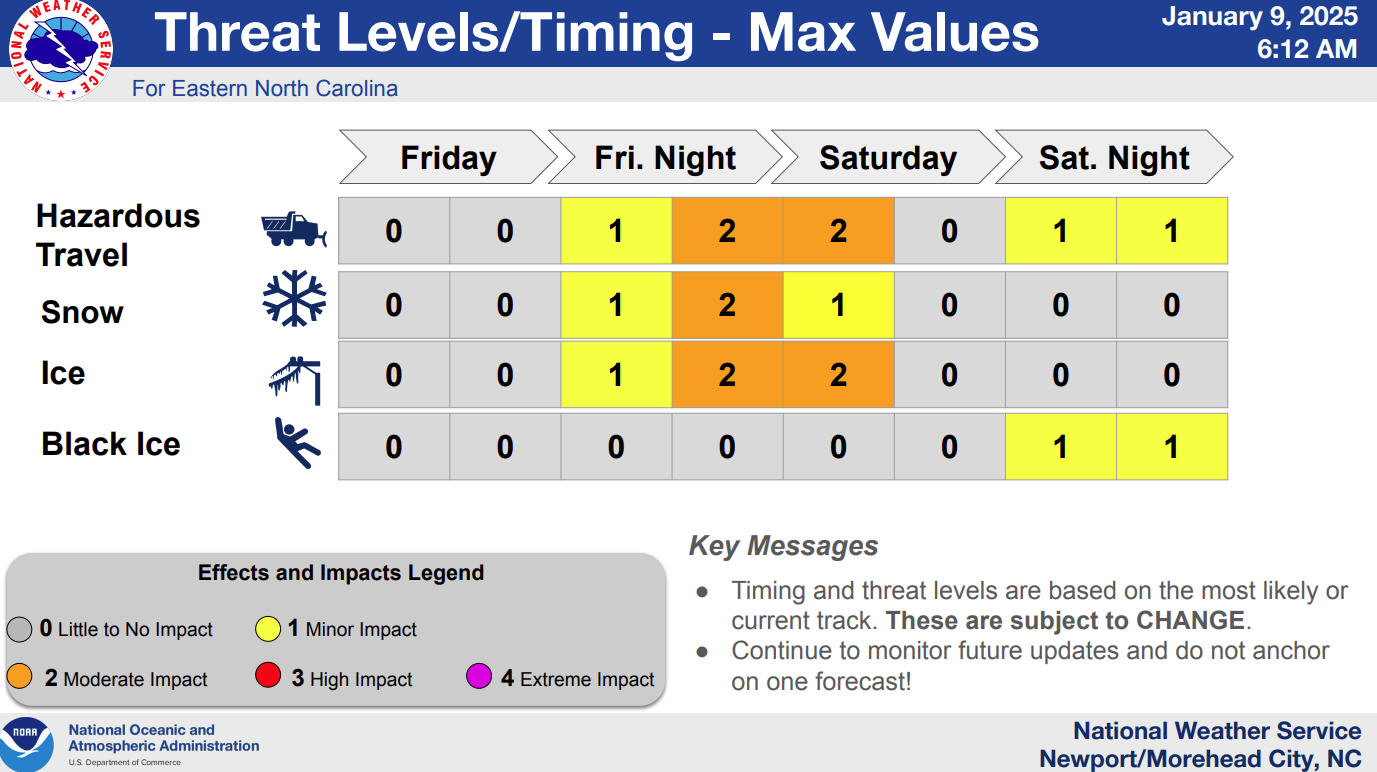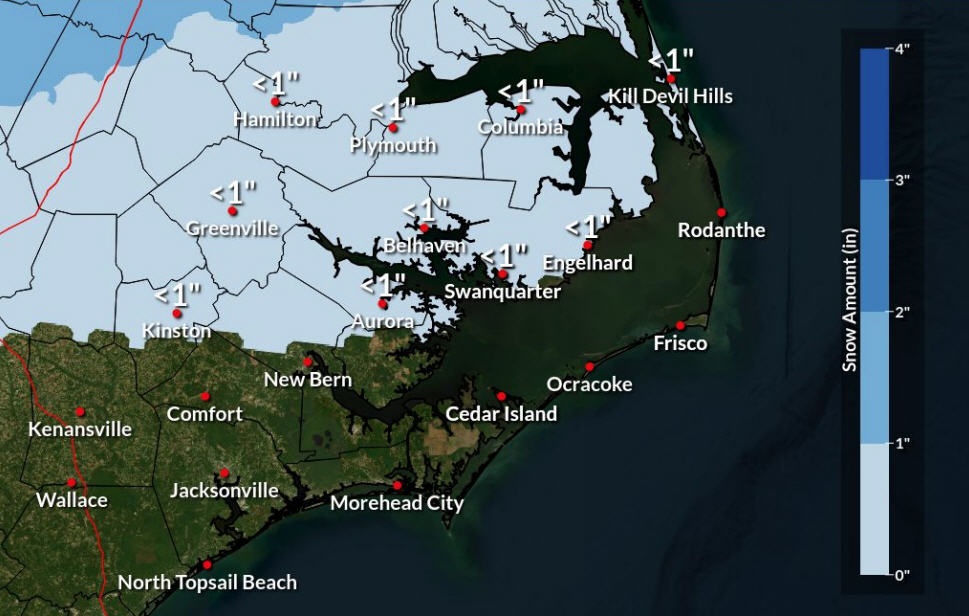Cape Point closes to vehicle and pedestrian access
The National Park Service this morning closed pedestrian and off-road vehicle access to Cape Point because of breeding colonial waterbirds, including least terns, common terns, and black skimmers.
According to Hatteras Island District Ranger Joe Darling, resource management staff yesterday afternoon found 150-plus “scrapes” made by the birds. Scraping in the sand is a breeding behavior exhibited by shorebirds preparing to nest.
Darling said in an email that the resource management staff estimates that the colonial waterbirds include about 25 black skimmers, 50 common terns, and 75 least terns.
The birds are located in an area where an American oystercatcher is nesting, and the seashore has allowed a vehicle corridor past the nest since April 12.
However, no corridor is permitted for the colonial waterbirds and a buffer of 180 meters is required, which closes down all access to the Cape Point area.
“With the implementation of the off-road vehicle corridor for the (American oystercatcher) at Cape Point, seashore staff was able to extend off-road vehicle use at Cape Point for a more than a month’s time from the previous years,” Darling noted.
In the past several years, Cape Point has been closed to vehicle access in the first week or so of April. Though ORV access has been difficult during high tide for the past week, the area has remained open for vehicle use.
The vehicle corridor for the oystercatchers is allowed until there are chicks on the ground, which means if the colonial waterbirds hadn’t moved into the area, the Point could have been open until later in May when the nest is expected to hatch.
Ramps 43 and 44 in the Cape Point area remain open.








